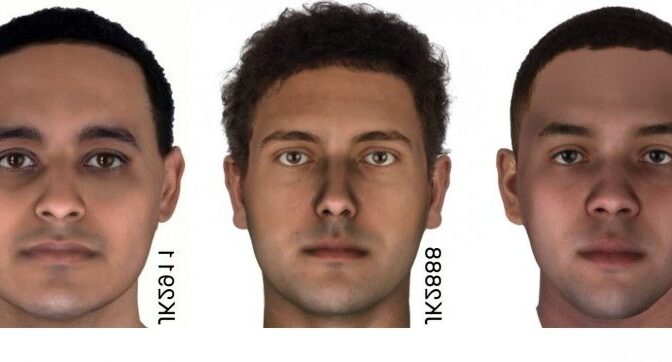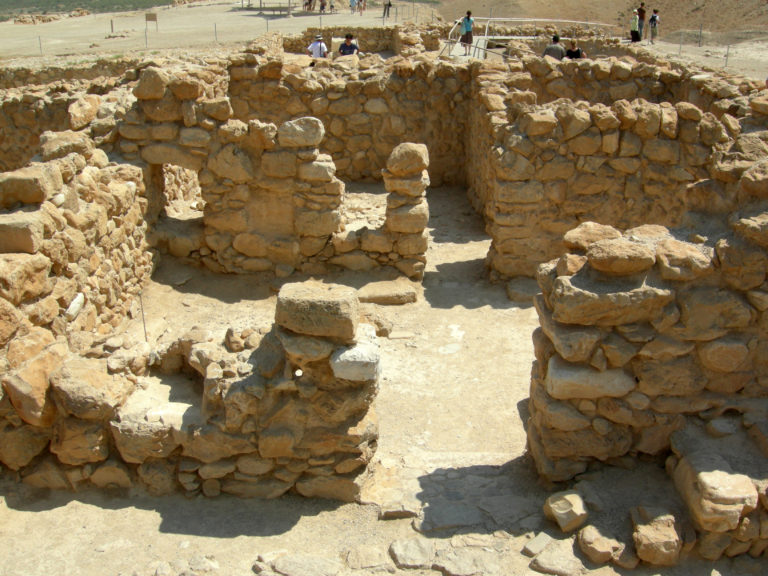THEY REBUILD THE FACES OF EGYPTIAN MUMMIES FROM THEIR 2,000-YEAR-OLD DNA
Three antiquated Egyptians’ countenances have been rejuvenated utilizing 2,000-year-old DNA. Researchers have utilized DNA going back more than 2,000 years to bring the essence of three old Egyptian guys to life.
The triplet of tests, assessed to be somewhere in the range of 2,023 and 2,797 years of age, is believed to be whenever contemporary systems initially have been utilized on the human DNA of this artefact.
ALSO READ: QUMRAN’S TRUE PURPOSE DISCOVERED?
JK2134, who lived somewhere in the range of 776 and 569 BC, JK2888, who lived around 97-2 BC, and JK2911, who lived somewhere in the range of 769 and 560 BC, were the names given to the three.
Parabon NanoLabs utilized state of the art innovation and a scientific craftsman to conjecture the men’s appearance around the age of 25 to uncover the provisions of the old Egyptian mummies.
The mummies come from the Abusir el-Meleq, an old Nile village. The analysts found that their starting point was more like the cutting edge Mediterranean and Middle Eastern individuals than Egyptians.
They were depicted as having light earthy coloured appearances, dim hair and eyes, and no spots.
“These outcomes are exceptionally steady with Schuenemann et al’s decisions that ‘old Egyptians imparted more heritage to Near Easterners than cutting edge Egyptians, who got extra sub-Saharan admixture in later occasions and that they had an allele for lighter skin,” as indicated by a public statement from Parabon.
Before they were sequenced and “coordinated to the human reference genome,” crude information from three old Egyptian mummies was gotten from the European Nucleotide Archive (ENA). Each example was exposed to enzymatic harm fix.
It was contended that the work was just conceivable as a result of biometric improvements in the field of low-inclusion ascription.
“Parabon has been the forerunner in scientific microarray examination for quite a long time, and with the appearance of this new attribution strategy, we would now be able to deal with even the most mind-boggling tests, old or legal,” said Dr Janet Cady, a Parabon bioinformaticist and WGS expert who initiated the work.
Parabon utilized their “Depiction DNA Phenotyping pipeline” on the three antiquated mummy tests after the “ascription” stage. Preview, which was made to manage missing information in troublesome measurable cases, “anticipated every mummy’s heritage, shading, and face morphology,” as per the scientists. The men’s front and side profiles, just as a facial warmth map, were uncovered by the three-dimensional “face morphology.”
“It’s excited to see,” said Dr Ellen Greytak, Parabon’s head of bioinformatics. This is a consolidated variant of the data.




